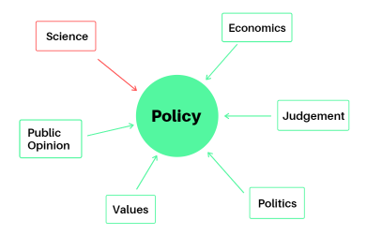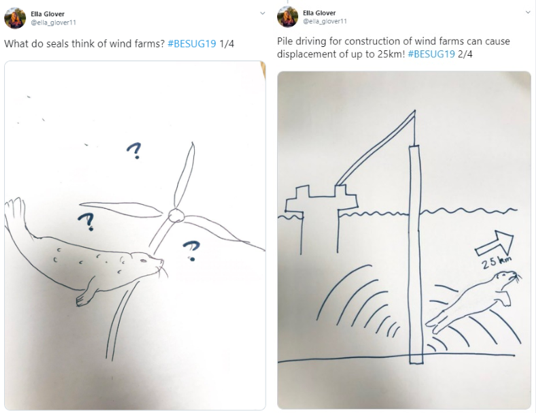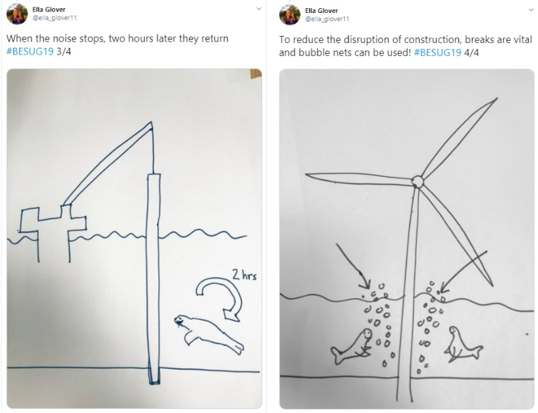Building a story: Effectively communicating to policymakers
The recent BES Undergraduate Summer School took place on the Isle of Great Cumbrae and featured a whole host of useful careers and specialist advice sessions. However, none were better named or more appealing than the Pie and a Pint Policy session!

Introduction to Policy
Maggie Keegan is the Scottish Policy Officer for the BES and she began the session by posing the question “What is policy?”. A lot of us had heard of policy but perhaps never considered what it actually meant. Thankfully, she quickly gave us the short and sweet definition: “policy is a set of principles to guide actions in order to achieve a goal”. For example, government policy is a plan of action on a particular subject, such as Defra’s 25-year environment plan.
Maggie also explained the difference between policy and legislation. Legislation sets out the law that policy must follow, although policy can influence the development of a new law to reinforce the policy.
Bridging the Gap
Ecological research can be used to inform policy makers and this process is vital for overcoming the research-implementation gap. This gap occurs when research is carried out but not picked up by policy and, therefore, its recommendations are not implemented in the real world. I find this a particularly interesting problem as it is relevant for the pressing issues of today. For example, the growing pile of evidence on the need to counteract climate change immediately will be of no use without the backup of policy and associated legislation.
However, it is important to remember that it is not solely science that informs policy. Other factors such as finance, political will and public opinion are all considered by policy makers.

Communication is Key
After Maggie’s presentation we had a short break where we eagerly ate our dessert pies and (for those willing) had a pint! Next to speak was Hannah Grist, who works as a Knowledge Exchange Manager for the Scottish Association for Marine Sciences. She stressed how effective communication is a necessary skill both for relaying research to policymakers and also for policymakers to reach their audience. Her 5 top tips were:
- Find the ‘hook’.
- Use clear language.
- Build a story.
- Make a connection.
- Get creative.
After these useful pointers it was time for us to try our hand at science communication via Twitter! In groups of around 8 we were each given a scientific paper on a different topic. The challenge was to come up with a thread of four tweets that presented the key science messages in an engaging way. My group was given a paper on the impacts of noise from wind farms on harbour seals and we decided that a series of hand-drawn pictures would be a unique way of easily summarising the key information.

After a fairly frantic 20 minutes or so we were ready and each group went up to present their tweets and share what they found easy or difficult about the task. A common theme was that in order to present information clearly, some of the important detail could get lost as it was too technical for most people to understand. This highlights the careful balance between clarity and reality that all science communicators must be aware of and consider.

All in all, the Pie and a Pint policy session was a really fun way to learn more about policy and the important role that effective communication plays. Check out #BESUG19 to see the other groups’ tweets!
Like what we stand for?
Support our mission and help develop the next generation of ecologists by donating to the British Ecological Society.